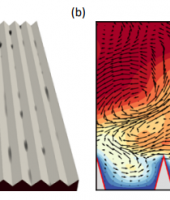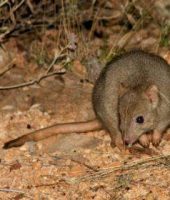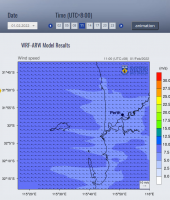Synthetic-plant-models
An L-system plant knowledge approach, to measure agricultural crops. An L-system is a mathematical rules based model accurately describing plant growth and appearance. Wheat crops will be studied and measured using a Mask R-CNN neural network, which is a Region based, multiple scaling sub-image approach. The MS COCO data set will be used to initialize the neural network.
Area of science
Computer Science
Systems used
Nimbus
Applications used
X2GO, Docker, Mask R-CNN neural networkThe Challenge
- How can synthetic plant models be created using an L-system?
- How can neural network(s) be trained on these models?
- How accurately will this network predict crop characteristics?
- How can wheat measurements be derived from the characteristics?
The Solution
The next step in 2022 is to use synthetic models based on L-systems knowledge and stereo images to improve wheat head recognition accuracy, and to suggest an automatic method of reducing the costly manual image annotation. This is all based on the understanding of the three dimensional form of wheat heads and leaves at various growth stages. An attempt will be made to “evolve” the models to match images of given wheat varieties
The Outcome
The X2GO remote desktop was easy to set up and use and allowed quick access to Nimbus, with simple and secure data transfer. (X2GO did not support the Houdini FX L-system, so other L-systems are being investigated). Initially there were problems with the GPU for software reasons on the differing Ubuntu systems. This was solved using a Docker container.
Data from the Global Wheat Challenge (Uni. Queensland), of 20,000 wheat field images were processed to recognize and count wheat heads for 18 different wheat varieties from many countries. (See attached small sample of outcomes). I achieved 82% wheat head count accuracy with a Mask R-CNN neural network, without using synthetic plant models. The neural network was trained on separately given manually annotated images.
Commercial Advantage of this Project
Could dramatically reduce the cost of crop measurement, when combined with automatic drone flights. Could increase crop measurement accuracy.








